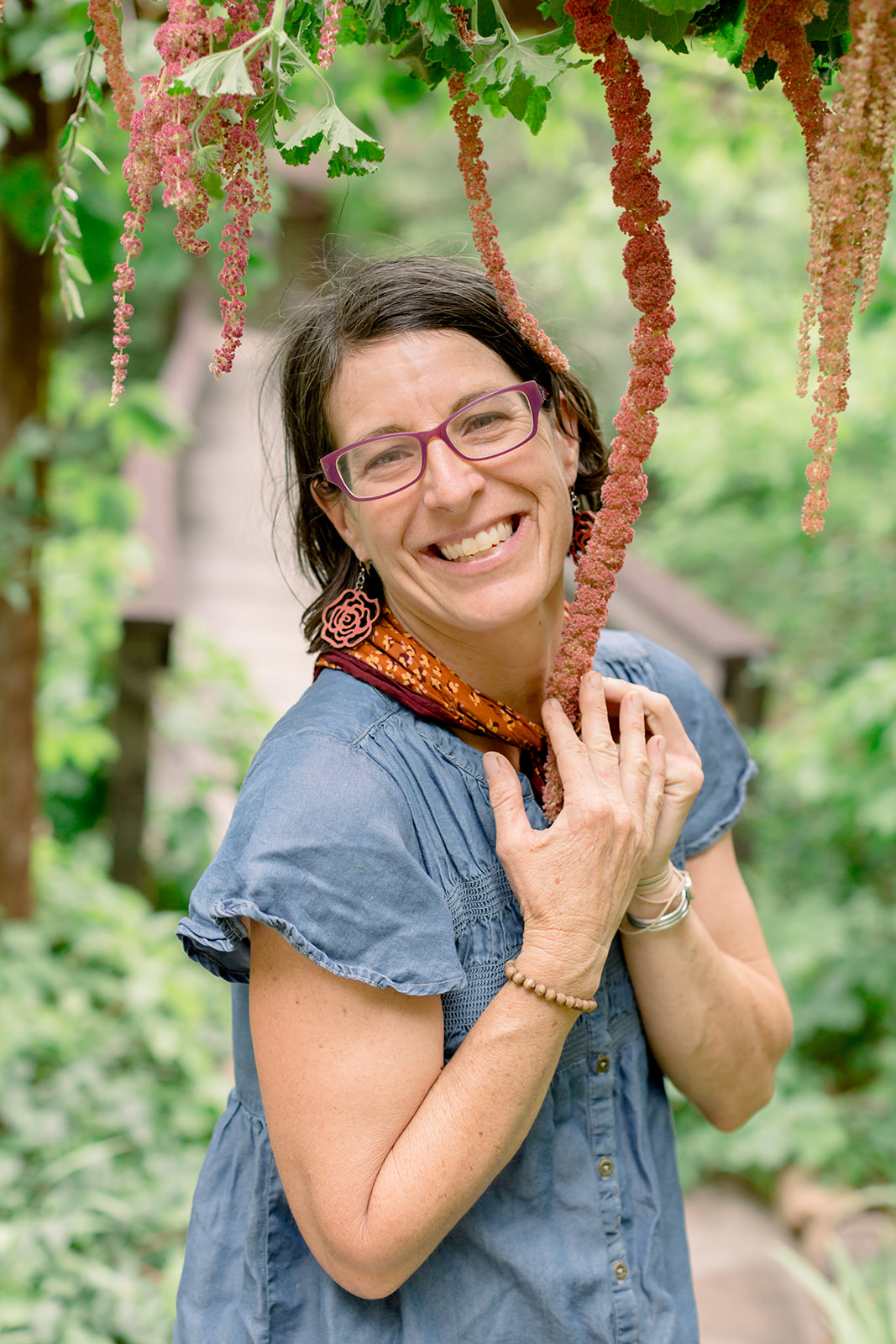“Time is a sort of river of passing events, and strong is its current; no sooner is a thing brought to sight than it is swept by and another takes its place, and this too will be swept away.”
–Marcus Aurelius
Last week I sat by the San Juan River for two days with my colleagues at the Grand Canyon Trust. We gathered to consider the future of conservation across the Colorado Plateau.
When you sit by the river long enough, you can’t help but consider time. What will this place look like in 50 years? We speculated that it will be more arid with a scarcity of water. There will be more demand for domestic oil and gas exploration, more weeds and less forest. How can we build a future that contains hope for prospering human and natural communities to inhabit the plateau?
The remnants of previous attempts by various human settlements are all around us. Sandstone walls with images pecked into stone: bighorn sheep, spirals and serpents. There are rows of tall, anthropomorphic figures with oversized hands and feet wearing elaborate headdresses. On the same wall, Navajo and Ute residents depicted images of horses and human figures with guns. Nearby names and dates mark the arrival of Mormon settlers. Hand and toe-hole trails that traverse along sloping sandstone lead to rock granaries. There is no straightforward translation for these messages left by our predecessors—the mystery persists leaving more questions than answers. No one knows how close we are to retreating into the cliffs to defend our meager food stashes. Hopefully we have enough time to get our act together.
I will be 91 years old in 50 years. I’ll probably be dead. Or maybe I’ll have enough spunk to still be cultivating a small garden. It’s hard to imagine the losses I might witness in the intervening years—of people and places I love and likely even species from the planet.
Roger has floated the San Juan countless times, first as a river guide, then on his honeymoon and dozens of times with his kids. He retrieves his family time capsule at our camp and reads the notes from decades of river journeys. His children are grown, and some of his friends and family have passed. We write messages on a new piece of paper, marking our own passage.
Fifteen years ago my best friend Karla lived in a crumbling room at Saint Christopher’s Mission on the outskirts of Bluff, Utah, waiting out her 20-something life crisis with odd jobs between seasons on trail crew. On my visits we combated the uncertainty of our young lives by feeling the solid purchase of our feet on the sweeping sandstone expanse of Comb Ridge. The beauty and emptiness of the land absorbed the lack of purpose we felt. The open setting invited freedom and ignited the search for meaning in our lives.
I climb up high above the river to enjoy a 360-degree view. Chinle Wash is a green ribbon twisting through a sea of sandstone, flowing some 75 miles from its source at Canyon de Chelly, the place I began my journey on the plateau 20 years ago. Bright green explosions of native cottonwood trees rise from a sea of silvery exotic Russian olive foliage. Originally planted in the early 1900s for erosion control, today their thorny branches dominate the riverbanks. At my feet, smooth river cobbles tell a story of a distant time when the river flowed here. In the fading daylight, I stand at the foot of a big sand dune littered with pale evening primrose and sand verbena blossoms. Their perfume beckons insects from far and wide. Bees and moths move between the blooms collecting energy to carry on, and pollinating the plants in the process—a relationship that has evolved over millions of years.
I marvel at how our human brains struggle to comprehend the next 50 years while plants and rocks embody deep time. My life feels small in the face of the forces of change. The sandstone beneath my feet is solid and familiar, as are the questions of how to live with purpose. I hear the echoes of the past and feel gratitude for this necessary work to conserve and restore these places that have defined who I am today.

